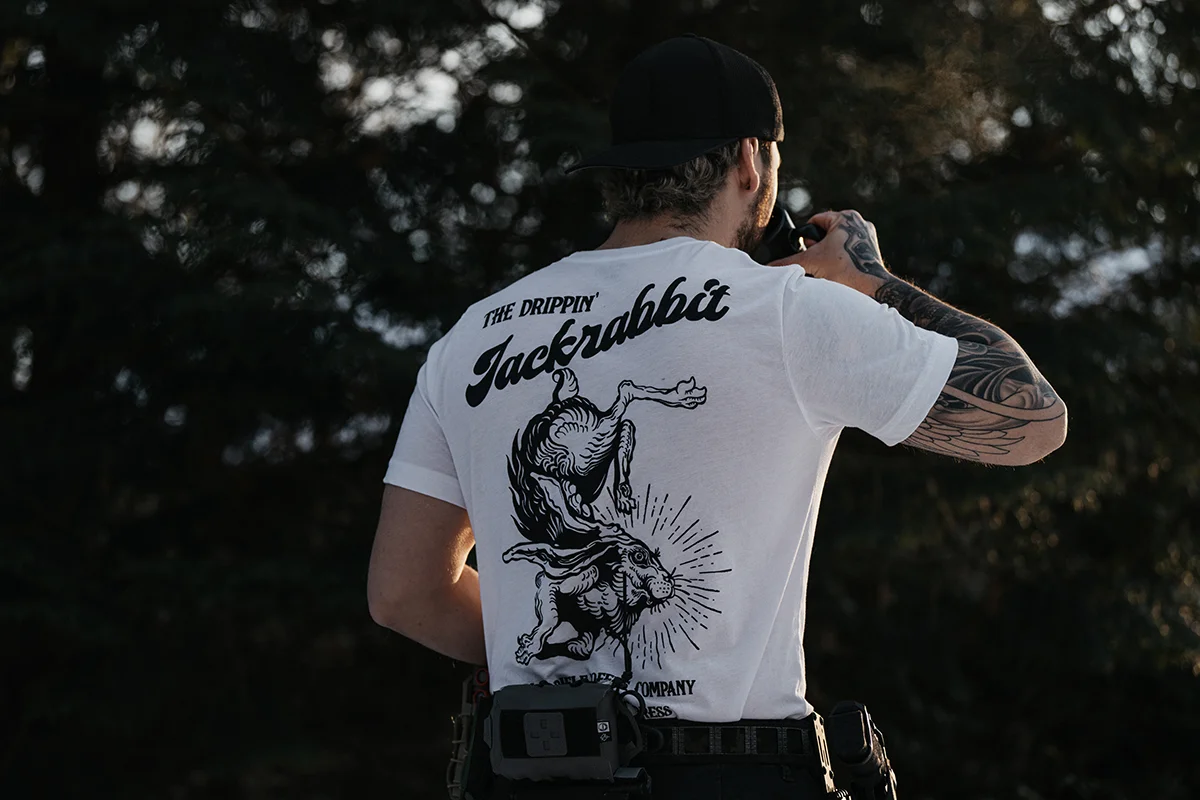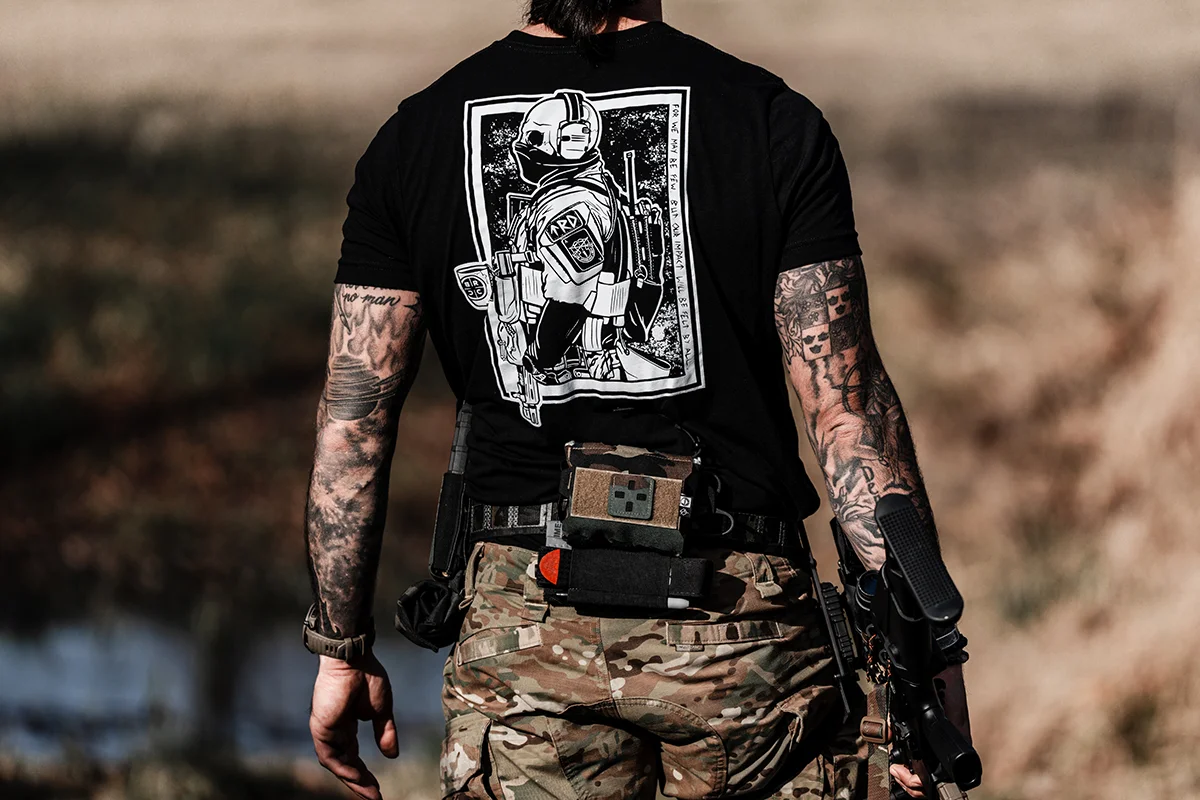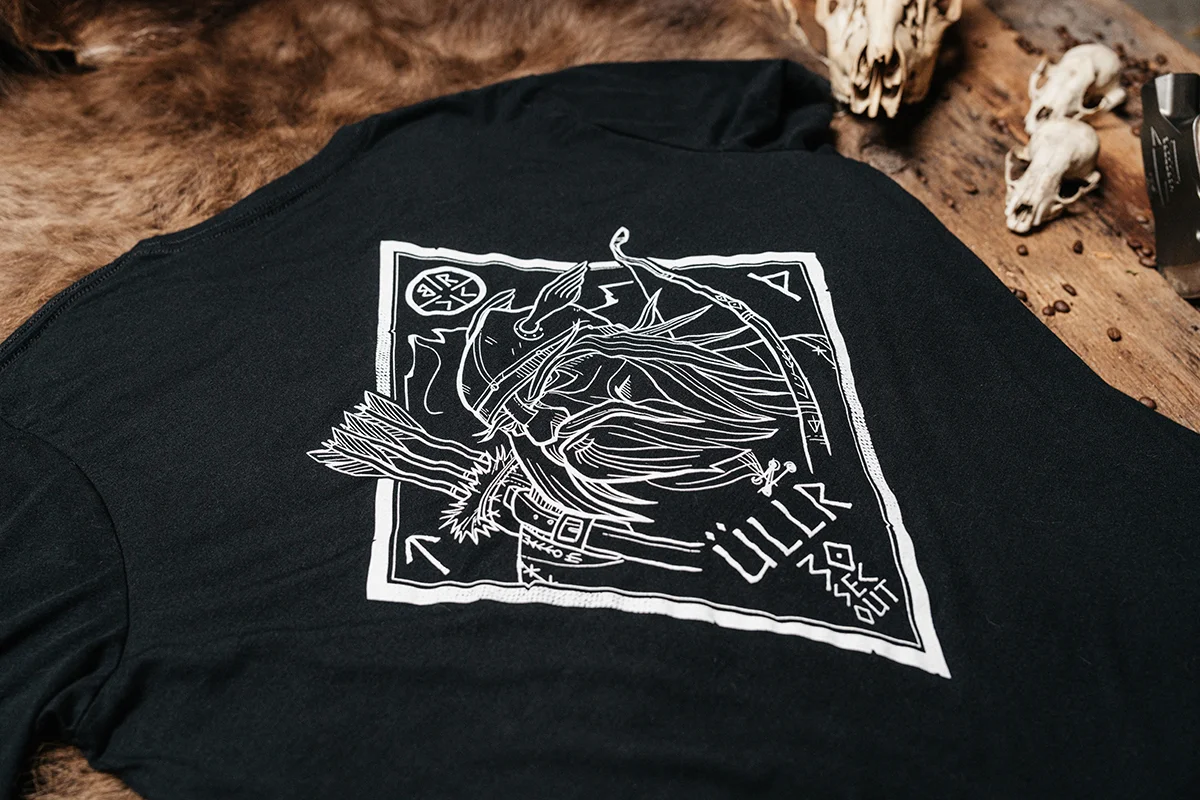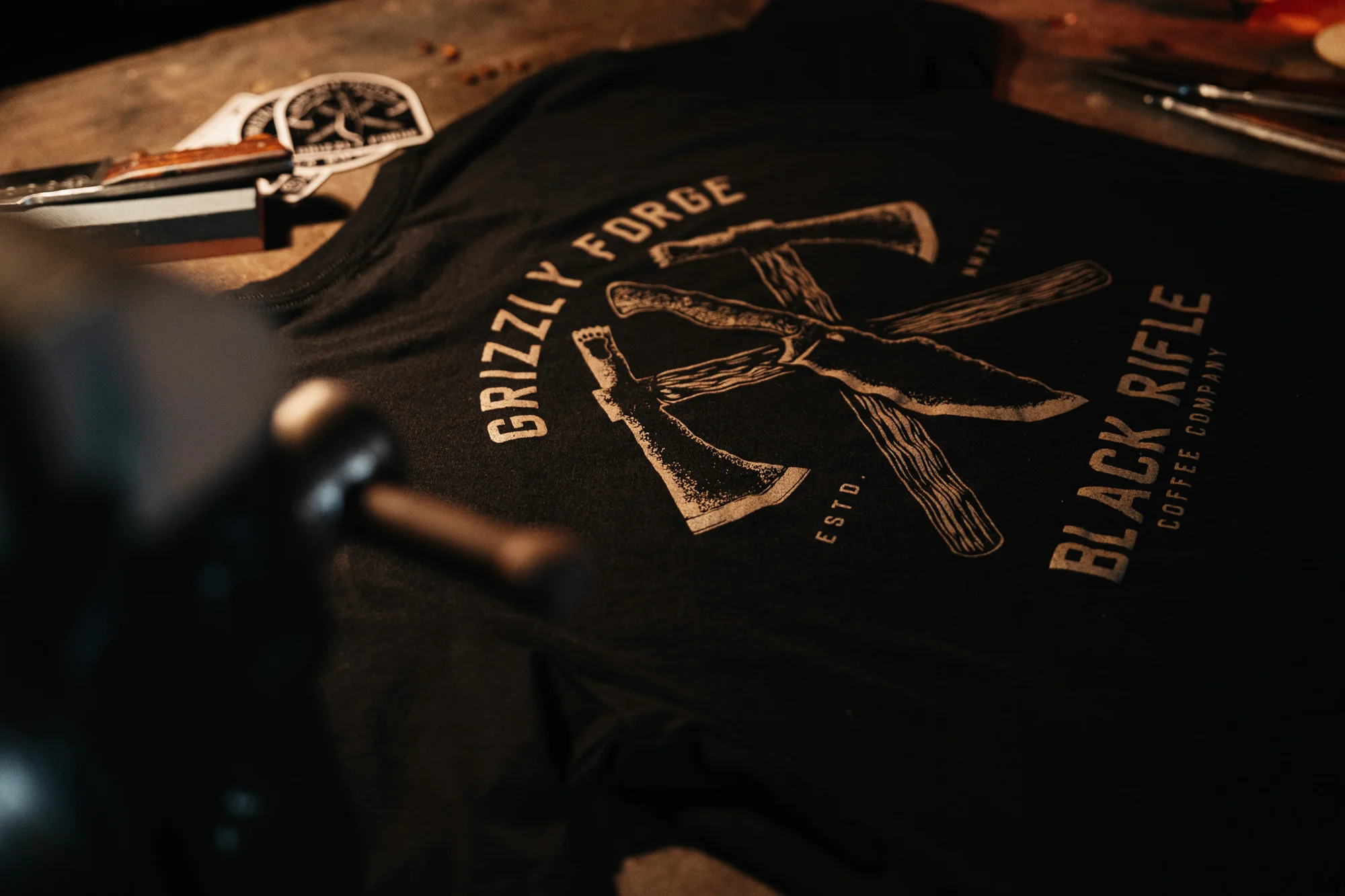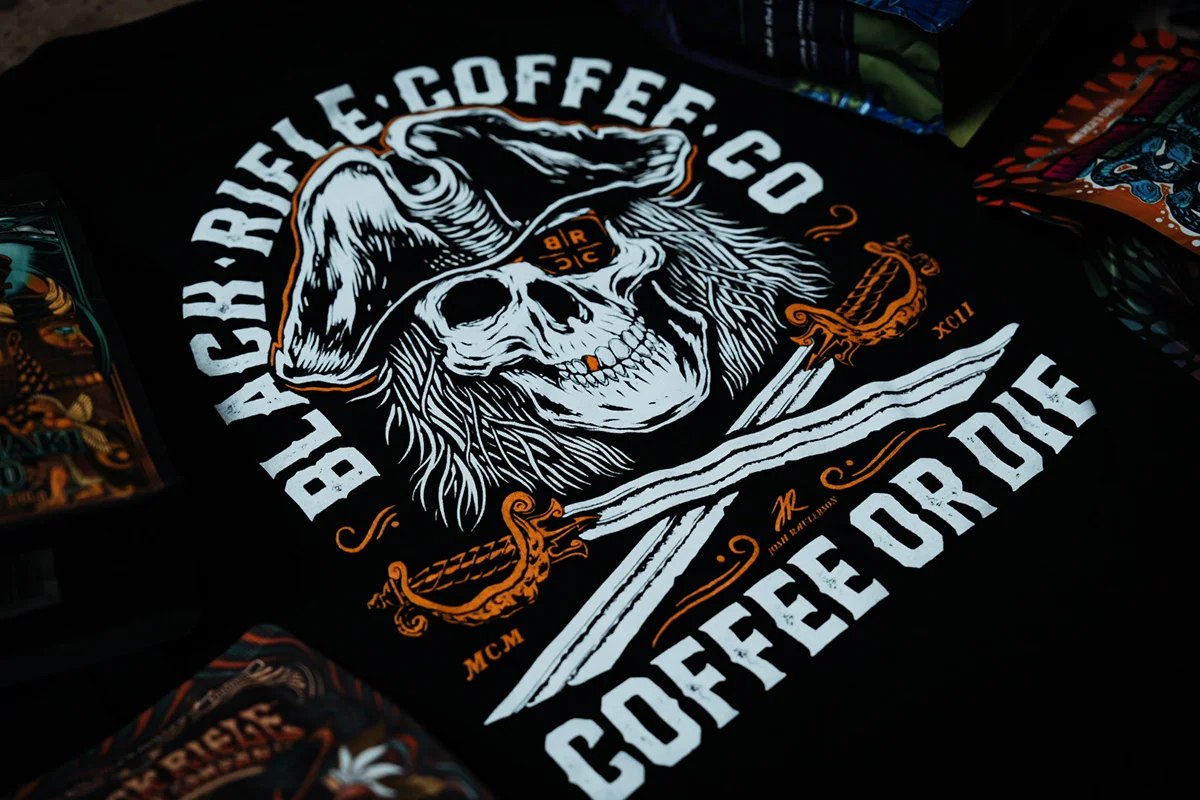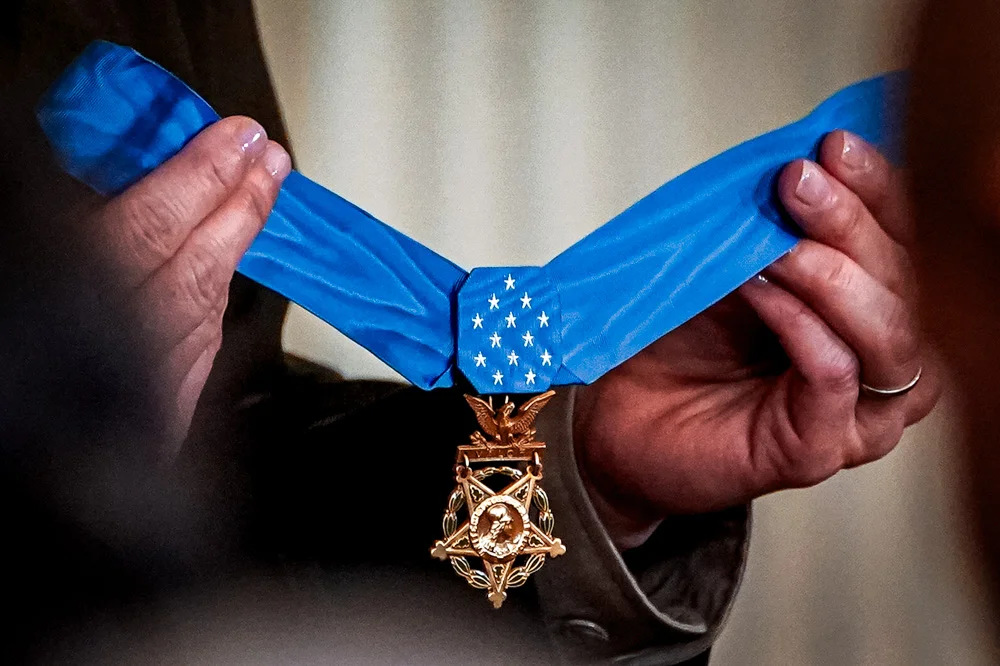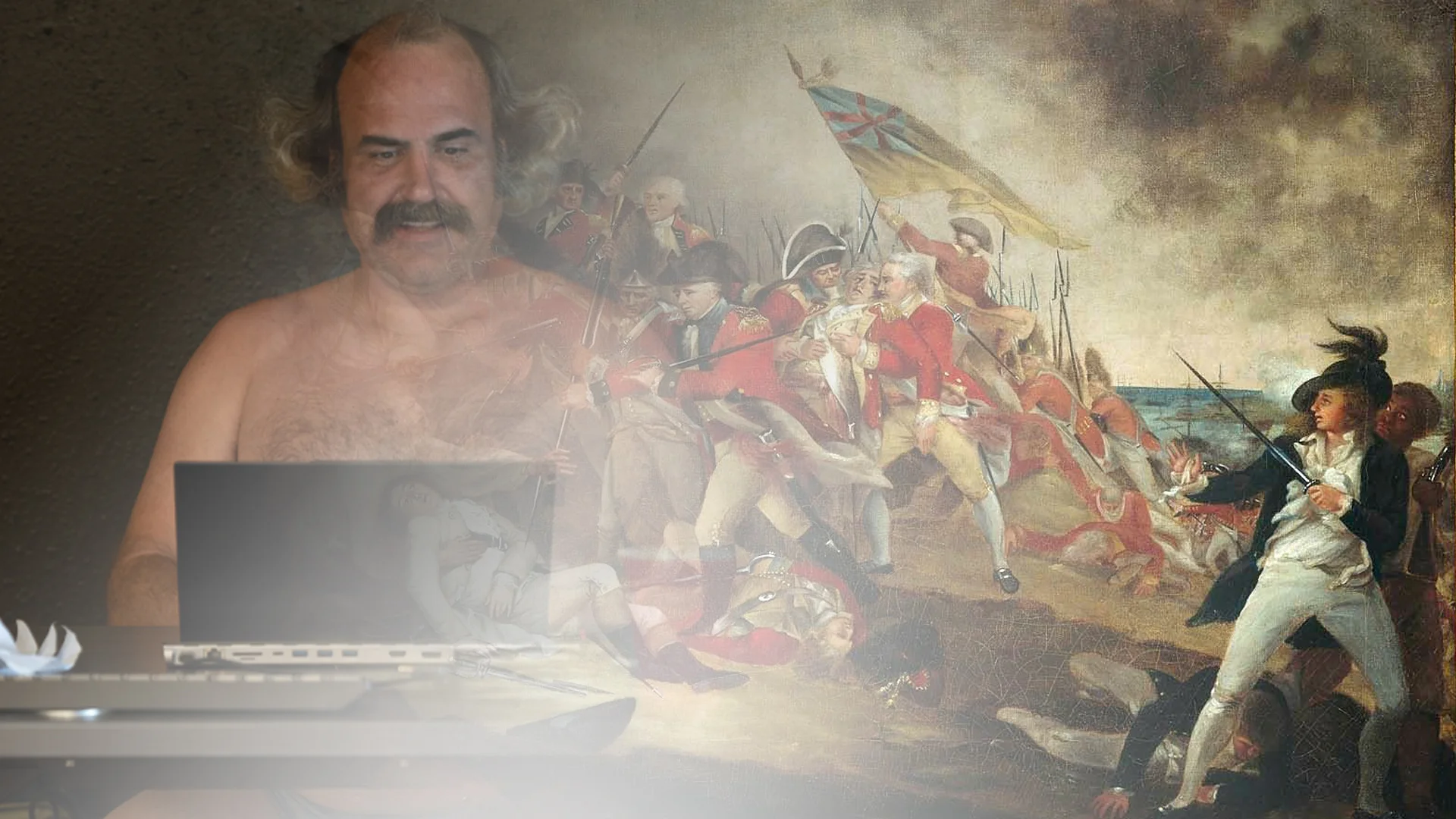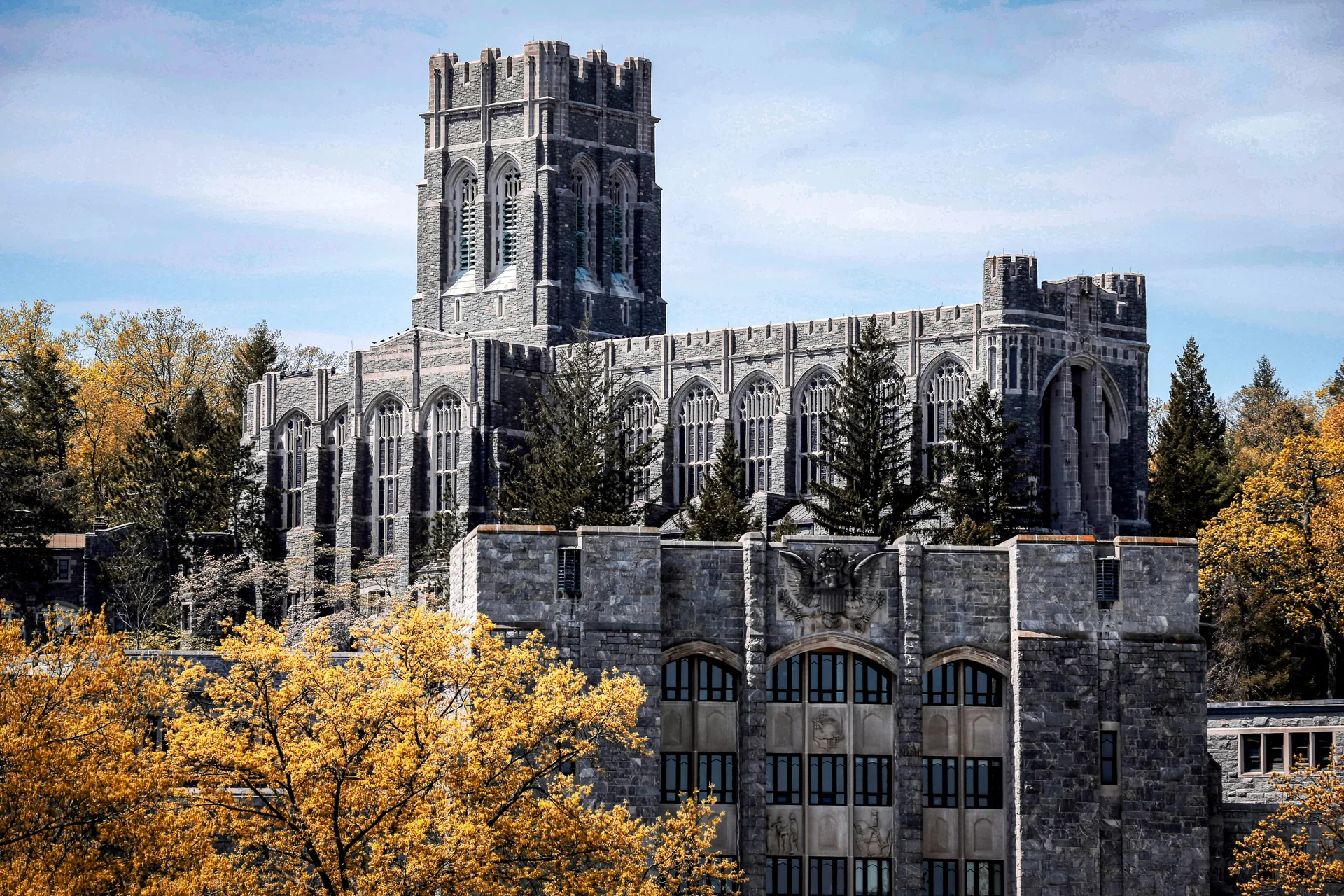WATCH: The Feared AH-1 Cobra Attack Helicopter Strike Targets Over Vietnam
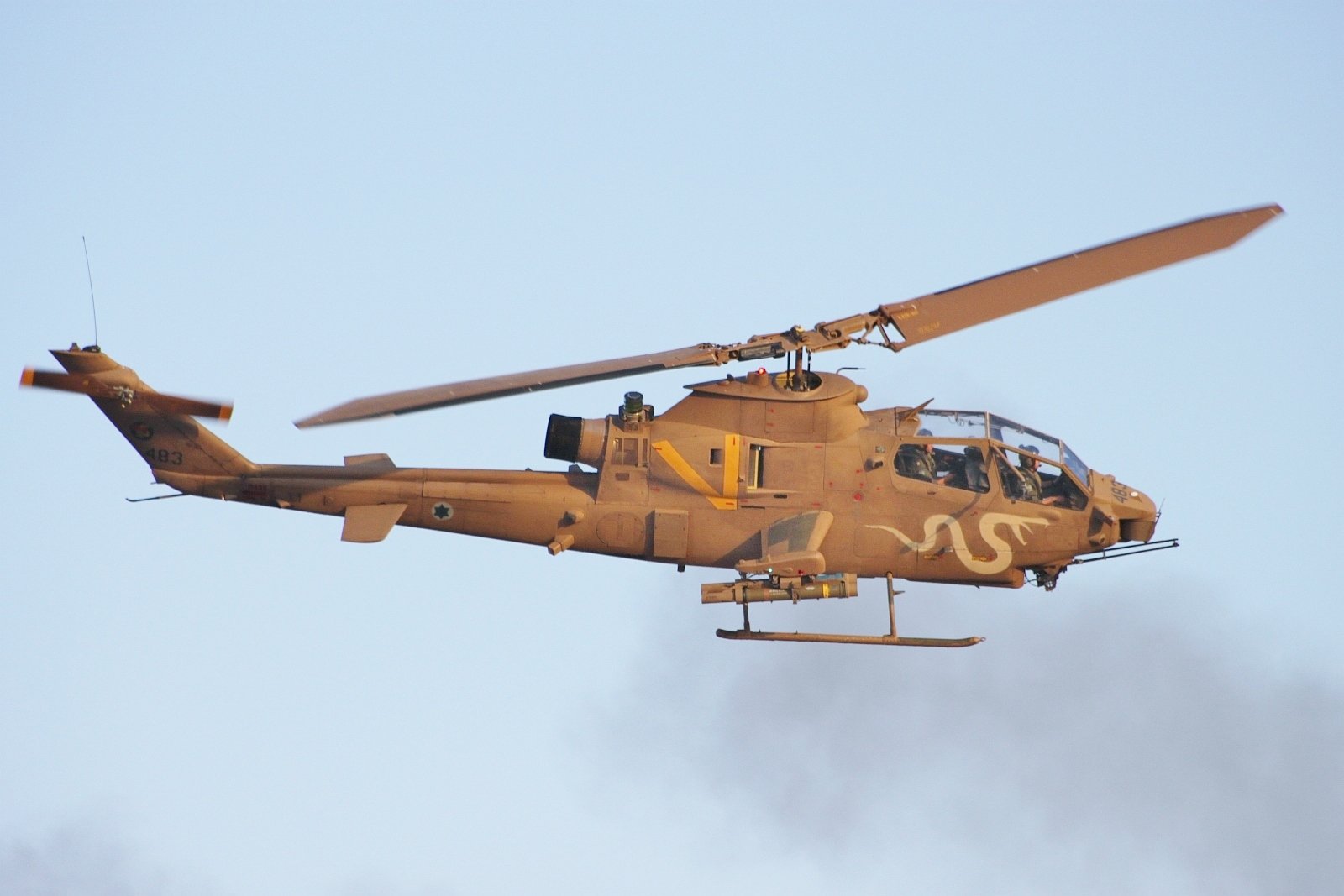
The AH-1 Cobra attack helicopter was the world’s first dedicated attack helicopter. Photo courtesy of Wikimedia Commons.
Mike Folse from Bell Helicopter’s Preliminary Design Group was deflated when the Pentagon chose Lockheed Martin over Bell’s proposal for an attack helicopter. “Forget what you’re working on,” his boss told him. “While I’m gone, start on a hovercraft.” In March 1965, Folse went back to the drawing board but was unable to push an idea he had in his mind to the back burner. His boss was on vacation for the next two weeks, and instead of working on a hovercraft concept, Folse outlined designs for what later became the Bell AH-1 Cobra attack helicopter.
The premise of a gunship helicopter had first been considered in the 1940s when practice bombs were thrown by hand from hovering Sikorskis. In 1950, Bell engineers went to the US Army’s armory, signed out a bazooka to mount on one of the skids of their two-seater chopper, and successfully hit targets on a test firing range. The effort advanced forward after a Pentagon study group called the Howze Board recommended the creation of the Air Cavalry Combat Brigade in 1962 with a contingency of establishing a new rotary aircraft.
“It was the sleekest thing I had ever seen,” recalled US Army veteran Joseph Armelin. “It was a derivative of the Huey, the UH-1. The same engine, the same transmission, different rotor-head arrangement, but it was a very slim, trim bird. It was a tandem-seater where one man sat in the front and the other sat in the back. It was designed strictly as a weapons platform.”
The world’s first dedicated attack helicopter was feared by the enemy and introduced an entire new capability for the US military’s air mobility mission. Bob Hesselbien, a former president of the Vietnam Helicopter Pilots Association, flew the “Snake” with Army Air Cavalry units in 1972.
“If anyone ever tells you ‘I hovered the Cobra and fired rockets and mini-guns at the enemy,’ they’re not telling you the truth,” Hesselbein told the Smithsonian’s Air & Space Magazine. “You didn’t hover in a Cobra — not in Vietnam.”
In Vietnam, the Cobra gunships worked hunter-killer missions attacking ground targets as well as in pairs to soften the landing zones and protect ground units while they exfiltrated. The Cobra’s efficiency on the battlefield and commendable combat record certainly has secured its place in history and continues to evolve for future wars and conflicts throughout the Global War on Terrorism.

Matt Fratus is a history staff writer for Coffee or Die. He prides himself on uncovering the most fascinating tales of history by sharing them through any means of engaging storytelling. He writes for his micro-blog @LateNightHistory on Instagram, where he shares the story behind the image. He is also the host of the Late Night History podcast. When not writing about history, Matt enjoys volunteering for One More Wave and rooting for Boston sports teams.
BRCC and Bad Moon Print Press team up for an exclusive, limited-edition T-shirt design!
BRCC partners with Team Room Design for an exclusive T-shirt release!
Thirty Seconds Out has partnered with BRCC for an exclusive shirt design invoking the God of Winter.
Lucas O'Hara of Grizzly Forge has teamed up with BRCC for a badass, exclusive Shirt Club T-shirt design featuring his most popular knife and tiomahawk.
Coffee or Die sits down with one of the graphic designers behind Black Rifle Coffee's signature look and vibe.
Biden will award the Medal of Honor to a Vietnam War Army helicopter pilot who risked his life to save a reconnaissance team from almost certain death.
Ever wonder how much Jack Mandaville would f*ck sh*t up if he went back in time? The American Revolution didn't even see him coming.
A nearly 200-year-old West Point time capsule that at first appeared to yield little more than dust contains hidden treasure, the US Military Academy said.

